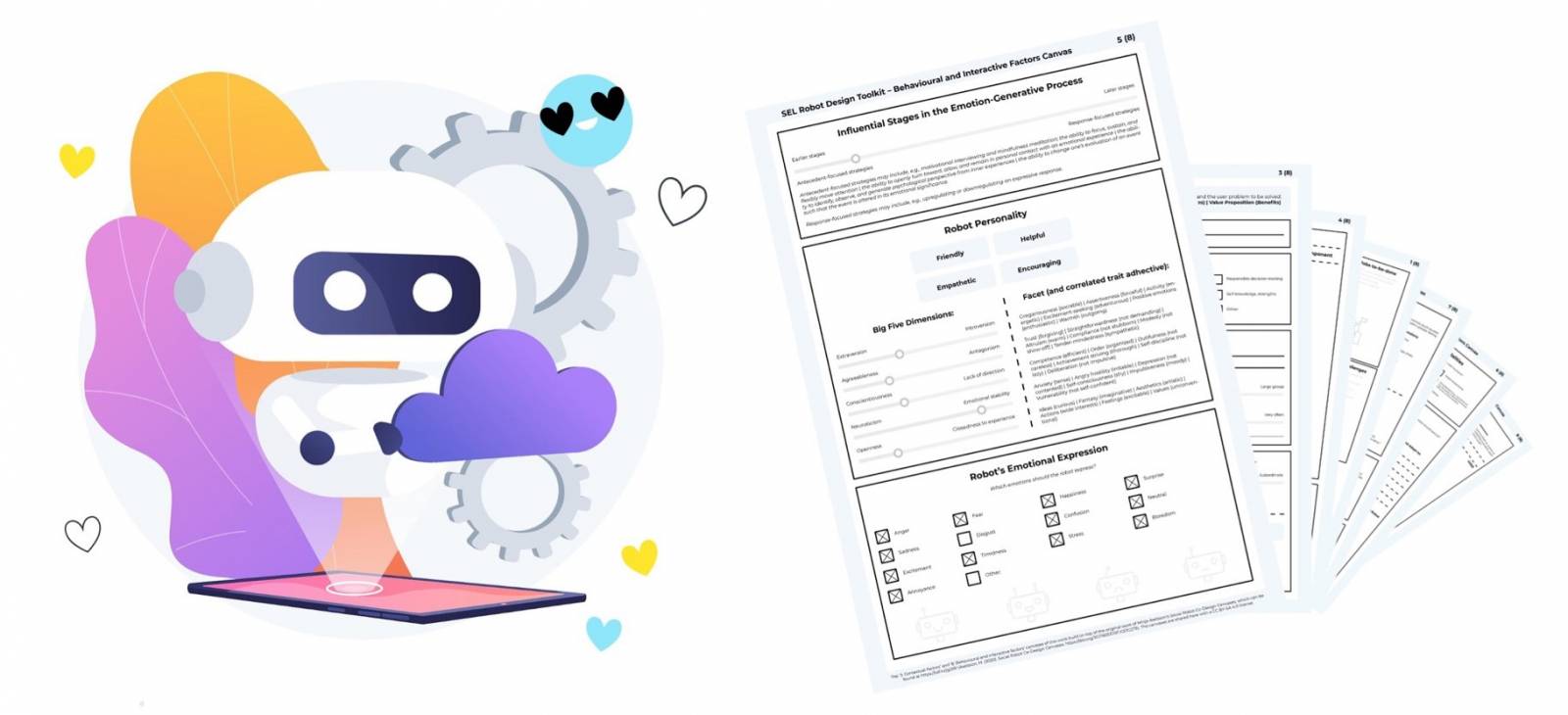Hi there! I’m Elina, a soon-to-be-graduating Master’s Student in Human-Technology Interaction, and I thought to share you some feelings of my enlightening study experience.
Before starting my master’s studies in Human-Technology Interaction at Tampere University, I used to work in marketing and brand management, having completed a Bachelor’s in Business Administration. Little by little, I started noticing how customer experience is building brands and businesses, and as a lifelong learner, I was convinced that my next learning endeavour should most definitely focus on deeply understanding the experience holistically and consistently throughout the entire customer journey and its touchpoints, in a human-centered and data-driven way.
So, what led a businessperson to the tech field? The discovery of the fascinating world of Human-Technology Interaction! It was here where I could deep-dive into the knowledge of how to design for human experiences beyond the brand and marketing communications—considering the actual products and services that companies offer to meet user needs, followed by differentiations in business models that create value for customers. Among various of other things, I wanted to learn how to measure the pragmatic, hedonic and emotion-related qualities that users experience prior, during and post interaction, and if and how these are manifested according to the set goals.
Similarly to brands striving to comprise layers of meaning, association and imagery to present a coherent image in the mind of the consumer, I regard meaningful experiences adding value as they stem from the psychological and behavioural aspects of users’ interactions with the touchpoints that may alter the way that a customer feels about a product, brand, business or service. As the future of brand is shaped by experiences, exploring the layers of user experience beyond brand experience—all the way to utility, usability and desirability—felt particularly intriguing. I quickly found my home here at the Computing Sciences unit, since I was finally able to augment my interest in brand building with my three inner passions: psychology, design and technology.
The integrative way of thinking was also ultimately reflected in my thesis topic that quickly grew into a “project of passion”, that, to be honest, at times felt like a never-ending one 😀 My overall aim was to explore if social robots could be utilized to foster children’s social-emotional skills in primary school, and how these agents should be designed. The topic felt super important since in educational settings, teacher’s own view of the correlation between socio-emotional skills and student success can predict the successful realization of emotional education (Buchanan et al., 2009), and the use of social robots may help enable equal opportunities for learning these vital competencies.
After discussing the theoretical constructs of emotions, methods for social-emotional learning (SEL) in educational context, and introducing the design space of social robots in the broader context, I conducted a context study. The context study involved experts from Utelias Technologies Ltd. as well as primary school teachers from both Tampere and Helsinki. My focus was to examine the perceived value of socially assistive robots in fostering social and emotional competencies among primary school children, which would enable me to gain expert insight for the design of both a SEL robot design framework and multimodal HRI use case scenarios to help the future design of SEL robots.
The qualitative context findings indicated that teachers were in general optimistic towards the benefits of social-emotional learning and utilizing robots to assist learning, if utilized in moderation and as one part of teaching. The findings also revealed several relevant needs and requirements regarding the robot’s role, tasks as well as behavioural and interactive elements.
The most important contribution of my thesis was the SEL robot design framework, which introduces a design process with a set of tools that help to reflect on the various design choices explicitly and from multiple angles. It combines the theoretical knowledge of social-emotional learning and emotions with the knowledge of the design space of social robots (and more specifically, in terms of interaction, socially assistive robots). A recent framework by Minja Axelsson (2019; 2020; 2021) provided valuable influence to the categorization of the design variables in the design process and the toolkit: the ‘3: Contextual factors’ and ‘8: Behavioural and interactive factors’ canvases of my work build on top of the original work of Minja Axelsson’s Social Robot Co-Design Canvases, which can be found at https://osf.io/jg2t8/ (Axelsson, M. (2020). Social Robot Co-Design Canvases. https://doi.org/10.17605/OSF.IO/JG2T8).
All in all, the whole experience of returning to studying such a delightfully innovative and empathetic field with passionate and likeminded people (both students and teachers alike!) has been a truly amazing and life changing one. The last couple of years have enabled me to build a unique, integrative and interdisciplinary set of competencies that reflect my inner values and passions.
So, if there’s anyone out there thinking “it’s too late for me to study something new”, it definitely isn’t. It never is! In a way, our whole lives are about continuous learning, growing and exploring together, which truly is one of the most fascinating aspects in life 🙂
Written by Elina Eloranta, MSc (graduating), Human-Technology Interaction
References:
Axelsson, M. (2019). Designing an InMoov Robot to Teach Assistive Sign Language to Children with Autism. Master’s Thesis, Aalto University.
Axelsson, M. (2020). Social Robot Co-Design Canvases. https://doi.org/10.17605/OSF.IO/JG2T8
Axelsson, M., Oliveira, R., Racca, M. and Kyrki, V. 2021. Social Robot Co-Design Canvases: a Participatory Design Framework. To appear in the ACM Trans. Hum.-Robot Interact., 40 pages.
Buchanan, R., Gueldner, B., Tran, O. & Merrell, K. (2009). Social and emotional learning in classrooms: A survey of teachers’ knowledge, perceptions, and practices. Journal of Applied School Psychology 25(2), 187–203.





